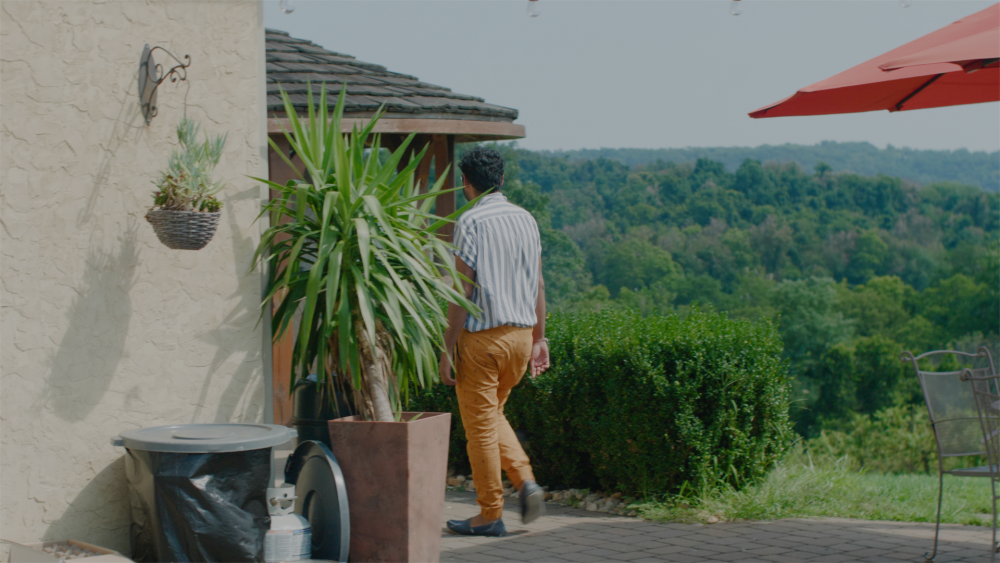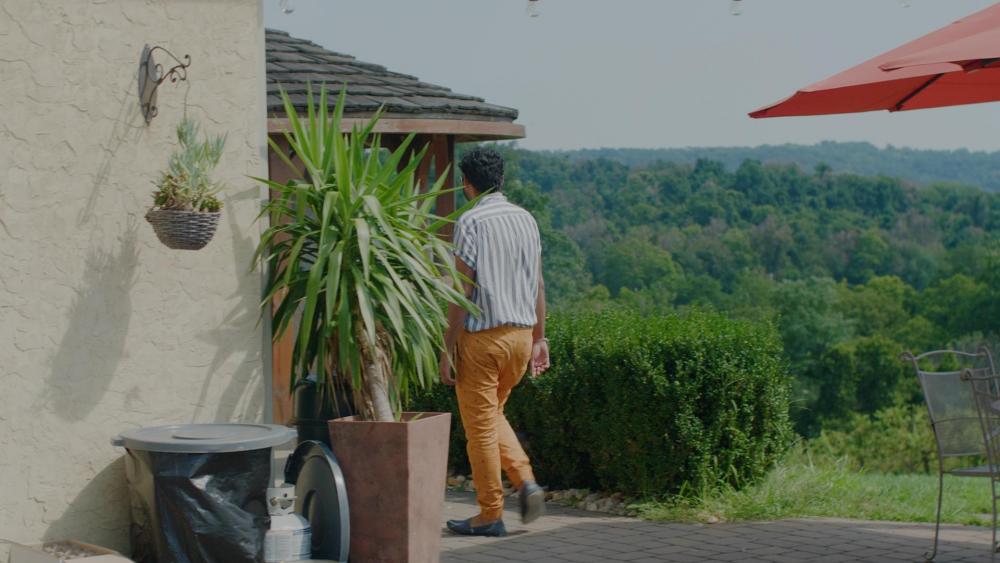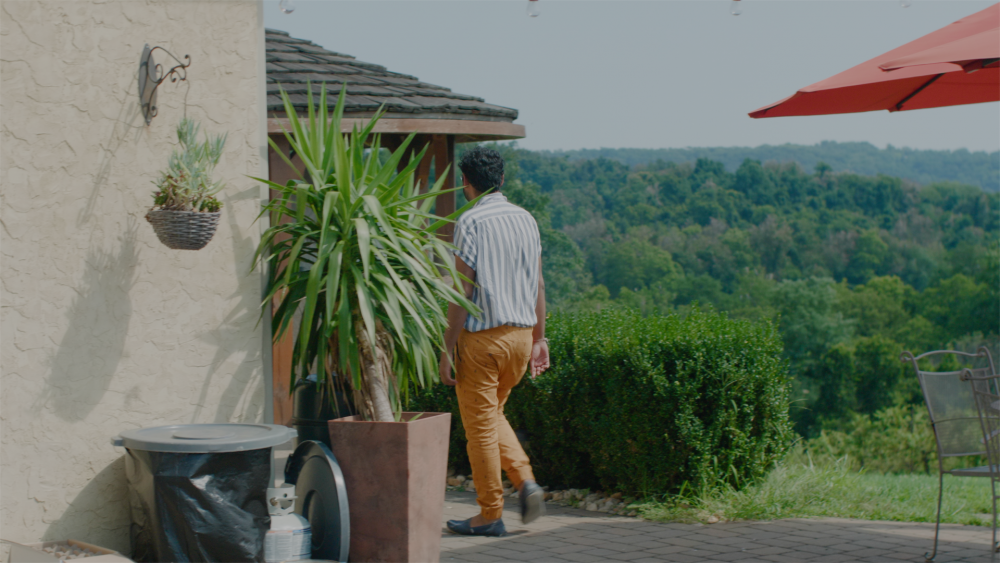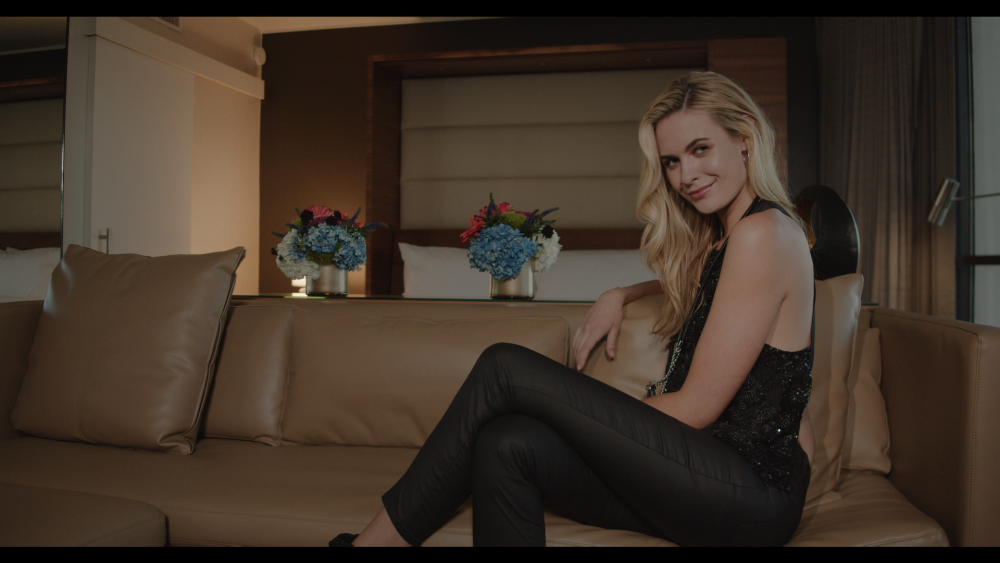-
Posts
659 -
Joined
-
Last visited
Content Type
Profiles
Forums
Articles
Everything posted by Sage
-
Thanks man, just seeing this now Indeed, cyanish Arri greens are a thing (its a "memory color", so people can vary on this one) Fwiw, I recommend 100% strength, and correct as desired from there (important for full LogC conversion, including rolloff)
-
@mirekti Yea, that's me Well, this definitely puts the pressure on! If I do not get this done by the end of the year, I will return your donation. Thank you for mounting this effort, I hope to rise to it. I need a sunny day or two (and some time)
-
Its a measured LogC combined with a cinema color pipeline; I'm interested in bringing this to the P4K, and will have a very direct comparison of BMDFilm to EC eventually (the EC space for the P4K will be identical to the GH5) For the raw EC color, check out Always Already, which has no color grade (Download 'Original' for faithful color reproduction)
-
Thanks Christian, I appreciate that Well spotted; I had a conversation a bit ago with the creator of the video, and he said that he didn't like something about the greens from the conversion, and tried to correct for that. Indeed, a signature quality of Alexa color is slightly cyanish greens, and I think this is probably what he felt must have been a mistake. This is what the greens look like from the current raw conversion: It will; trying to get this ready as fast as possible. The key for Main/Soft is moderate exposure (avoid over/under) -5 on sharp/NR is the closest in cam to Arri texture (doesn't affect color though). I prefer no further processing in post (ideally well lit, focused etc) The only necessary correction for a moderately exposed GHa shot is to set the black level Also, the OLPF setting is simply fantastic for achieving the Alexa texture; the PDF will be updated on this as well (in Premiere, the preview can look a bit softer than actual export; the texture is decidedly improved and smoother) @PannySVHS He isn't; I found him through a reddit post. I'll see if he might drop by to chat @Jonesy Jones Impressive work.
-
Main/Soft are low contrast color bases resembling film; it may indeed work well for a retro film aesthetic (as in 'Tilian - Cocky'). For non-standard use, people often use it in unexpected ways that will move away from true Alexa color. There's been a variety; grading before the conversion, using the conversion at a percent strength, using non-full spectrum NDs, using the Lumetri luma curve, shooting HLG/Cine-D over VLog (this is about to improve), grading LogC directly without a display Lut, placing black level very high (above 5 IRE), placing luma brightly (faces above 45 IRE anchor), ETTR into the rolloff, combining the LogC variation with Main/Soft For Alexa luts, do you mean the Arri display luts for Rec709 etc? I'm going to do SBS comparisons with a variety of Lut options soon. Wild Ranger uses LogC film conversions with GHa occasionally, such as in Basta above
-
Oh yea, that is, with the PRE there's a double shift to magenta from where it should be with the jacket red. The POST corrective will address this. The Cine-D itself is good, and has subtle variations of red hue Yea; I noticed this oddity with Premiere ProRes; I've got to do a PRE for it eventually
-
Its an interesting case. Arri places the reds toward magenta, but this saturated region in your Cine-D shot has a double curvature with the Cine-D PRE. The other reds in the frame are where they should be. The shot appears to have a slight magenta shift in the WB (may be introduced by lens/nd), but this won't account for the region. Attached is a corrective POST file to place after the 'Soft' variation (and before a grade). A couple inquiries - does the file happen to be wrapped in ProRes? How did it look by eye? 'Soft' with the corrective and a slight WB: GHa Cine-D Red-Magenta Corrective .cube
-
Watch these in anything but Firefox (otherwise I love that browser). Ideally, watch in chrome with the RGB dev fix 'The Lane' is great: This one is V1: The interview portion: V1 Era: (While these often reflect earlier versions, and non-standard use in some cases, they stick out in my mind as having some really neat shots. 'Always Already' is the reference example, with Firecrest NDs for Day, and ensured correct post workflow)
-
Indeed, that's how to verify its working. When ProRes is displayed at the right levels, the maximum IRE for Main will be 78, Soft 76, and LogC 78. This is the 'Sicario ceiling' that is a core function of Main/Soft (the aesthetic of the original Sicario). The next update will introduce something called 'Linear', that will run above 90 Though correct levels are covered in the current Pdf, the next Pdf will go into more depth regarding standard luminance placement for cinema. This will be key, because 'Linear' will likely invite exposing and grading placement that may break from cinema standard luminance. Hehe, I love it!
-
The Pdf is in the midst of a major revision that will bring it up to speed (and the filesize will be smaller); it's on the way
-
You've got it (v2.2), even though it is labelled as V2 on the Pdf. In the future, the version # will be more visible (at the moment its tagged in the metadata of the file)
-
Hey guys, sorry for the delay. I'm deep in technical at the moment. I can be reached directly via email Noise amplification and artifacts are completely absent with the conversion (others feel free to chime in); the next update will hit the theoretical max for smoothness, for which I am very excited No S yet, I'm still completely occupied with updating the 5; in any case if I get to it, you will get it All-I is on the level with ProRes, if you'd like to record internally As of this moment, VLog is preferable to C-D & HLG, because of the directness of the conversion (the fidelity/smoothness is simply better). That gap is about to close considerably For normal speed, you can overexpose, no need for more than a stop (avoid skintone around/above 65). Avoid underexposure* Of late, because of the nature of grading tools and complexity of hue lock outs, which I will cover in the next Pdf, I think it is best practice to try to expose for your preferred final image using the .vlt in the viewfinder (for reference performance, especially for PPro users). For 120, *definitely overexpose - just avoid placing anything important deep in the rolloff. Monitoring Luts are for VLog only Thanks man. The two biggest compliments I've received were from Amira shooters. Andrew Wilding said he preferred EC 'Soft' to the Amira itself, which made my day* Here is a still using Verde and something more recent: v2.2 Verde ?
-
Excited for this
-
Canon has offered so little to the video crowd since the 5D2/7D ten years ago. Its a shame; they could be so much better.
-
That's the challenge. The P4K is definitely something special among cameras to me The datarates for 1080p DNG are great, but the downscale is key, and I hope they will do it well to ProRes (though I know you go 4K all the way) Ah the Fuji. That's the other one that excites me; if only they would get 10 bit*. Eterna - the film stock - was my absolute favorite when they were still making it (over V3)
-
I'm really excited for the P4K for this reason. The lack of IBIS is the only factor that keeps me from being a complete P4K fan. The OLPF settings counter sharpening in the 5 nicely, but the purity of the P4K material will be a thrill
-
Right. Didn't intend it as advertising, just a joke (completely useless to Canon users), but I get you.
-
Question - is there interest in a solution to precisely match the GH5 to the P4K (and vice-verse)? (would be indistinguishable from the other, no matter what is filmed)
-
Emotive Color
-
This won't be a concern
-
Ah, DNG. Full downsample to ProRes is what I'm looking forward to
-
Question - is the 1080p mode only available with a 2X crop?
-
That's a good idea. I'm going to do a tutorial video, and streamline the vital points to emphasize them. Yes, the Premiere PRE (for VLog) corrects a subtle green distortion in VLog shadows that is unique to Premiere. Then you may use 'Main' in the 'Creative' section. The LogC variation is a distinct workflow (exact copy of what comes out of an Alexa, as measured at every point in the colorspace) that requires a (3rd) display Lut. Main prepares everything nicely, so that you are right in range of correct cinema luma placement (a place graders often go awry), have the correct Arri RGB display primaries for LogC, and have ideal saturation placement (especially with v2.2).
-
Ah yes, that seems to be a common error. Its something I'd like to update the website to reflect, and not just have in the Pdf (many skip the Pdf). In Premiere, the standard route for VLog is to place the PRE (10 or 8 bit) in 'Basic', and then the conversion (Main/Soft/Pop or LogC) in 'Creative'. If you go the LogC route, then you'll need a second instance of Lumetri to use an Arri display Lut (or other LogC tailored Lut). Otherwise, just a black level placement is required to conform to cinema luma placement (Pdf) Also, WB corrections (if needed) go in the first 'Basic' section, with the Temp/Tint sliders
-









